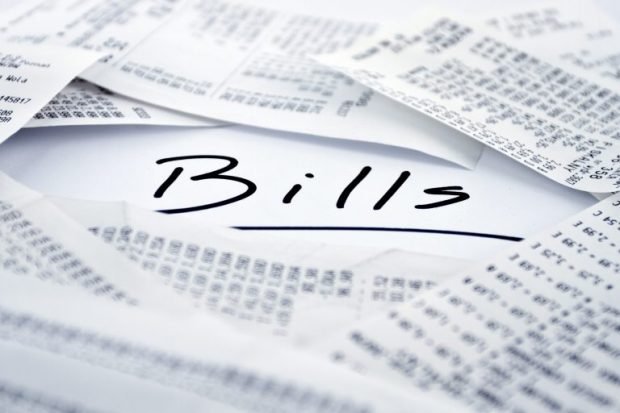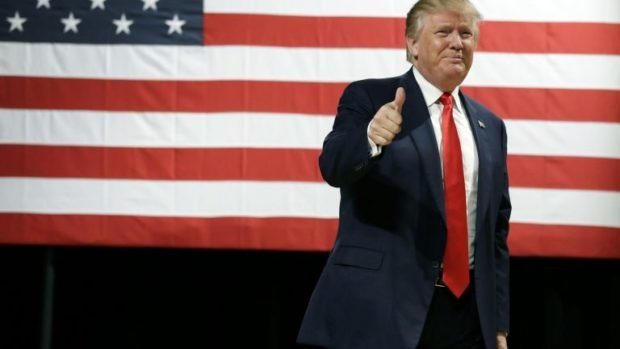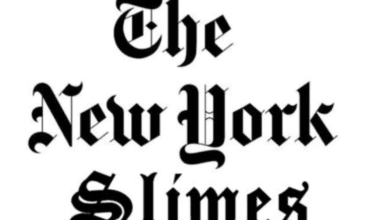September jobs numbers point to a flattening V-shaped recovery
According to the US Labor Department, the economy added another 638,000 jobs in October. While this number is less than prior months, it does show that the V-shaped recovery that started in May is continuing. The V-shape has however somewhat flattened in September and October.
The October report did have some additional encouraging information. The private sector added 908,000 jobs, meaning the private sector is continuing to grow strongly. The government sector lost 268,000 mostly from temporary census workers.
More encouraging is the labor force participation rate grew by .3%. meaning nearly half of a million discouraged workers re-entered the job market.
In total, 12 million of the 22 million workers who lost their jobs during the short-lived recession have been re-hired. That means over half of the jobs lost during the recession have been recovered in the last six months. This is an unprecedently recovery.
Depending on economic policy next year, we could see a complete recovery of all lost jobs before the end of the year. That will mean it took just over a year and a half for the job market to completely recover from the recession caused job losses.
After the prior recession in 2008–2209, it took four years to recover all of the job losses. Why is the current recovery so robust? And how will economic policy affect future growth?
To end a recession and begin a quick recovery economic policy must set growth as the top priority. In 2009, the Obama/Biden administration did not do that. Instead, they set curing perceived social injustices as their top priority. In doing so, they tended to slow economic growth.
In 2009, Monetary Policy was very expansive, even more so than the policy today. The Federal Reserve vastly increased the money supply and dropped interest rates to near zero, through their Quantitative Easing program. This should have stimulated the economy.
However, because the administration convinced Congress to pass the Dodd/Frank bill, Monetary Policy was ineffective. Why?
There was a perceived social injustice put forth by the banking and mortgage industries who granted “predatory” mortgages to households that could really not afford them and who mostly went into foreclosure triggering the financial crisis. Dodd/Frank ended that practice. But while ending predatory lending, the law also severely reduced all lending.
When banks aren’t lending there is no multiplying effect of Monetary Policy, thus rendering the policy essentially ineffective.
In 2009, Fiscal Policy appeared to become very expansive also. The Obama/Biden administration convinced Congress to pass a nearly $800 billion stimulus package. That large increase in government spending should have stimulated the economy and sped-up the recovery, much the way that the stimulus package passed in May quickly ended the current recession and led to the V-shaped recovery that we are experiencing today.
But rather than keeping taxes low, the Obama/Biden administration determined that expanding health care coverage for about 6% of the population was a higher priority than economic growth. The administration convinced Congress to pass the Affordable Care Act (ACA) which eventually did provide health insurance to about 20 million Americans.
The problem was that there were 21 new or increased taxes in the ACA, tending to slow economic growth. In addition, virtually all employers were eventually required to pay for health insurance for their employees or pay a $3,000 fine. The effect of this was the same as raising taxes by $3,000 per employee for the firm. That tended to slow economic growth.
The current recovery has been so robust because the negative aspects of Dodd/ Frank have been repealed meaning Monetary Policy will be more effective.
Tax rates for all income earners and for corporations were reduced in 2018 and remain at the lowered level. That tends to lead to higher growth rates. As for the future, economic growth will depend on the policy set by next year’s administration.
As long as tax rates remain low and banks are free to lend the V-shaped recovery will continue. If the tax cuts passed in 2018 are reversed or if other tax rates like the capital gains tax rate is increased, economic growth will slow.
Let’s hope next year’s economic policy is geared toward growth. Otherwise, we may experience a very slow recovery similar to the recovery after the 2008–2009 recession.




